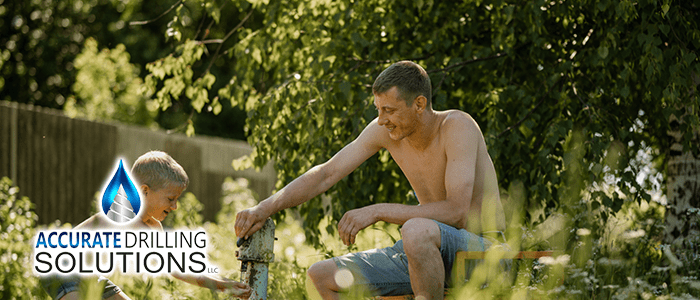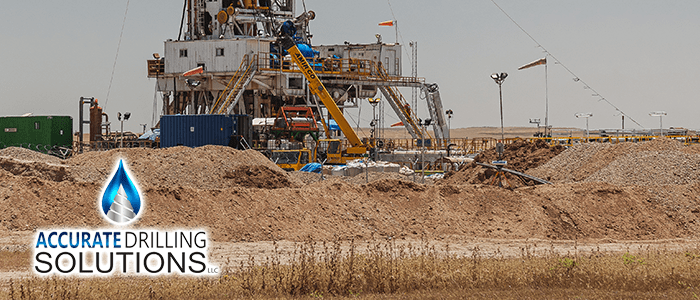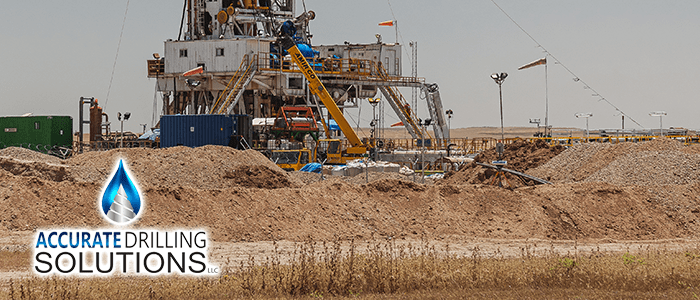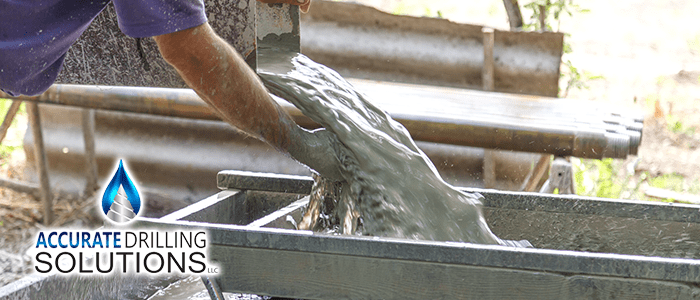
Treating Pesticides in Well Water
When it comes to treating pesticides, you need to know the steps. A contaminant is any foreign substance that might turn up in your well water. Well water may contain harmful substances of four different kinds:
- Biological Contaminants: Bacteria, viruses and other microorganisms are among these.
- Physical Contaminants: Suspended matter or pollutants in the water may affect its appearance, so they’re easy to see.
- Chemical Contaminants: Naturally occurring or man-made, such as nitrogen, bleach, salts, metals, toxins produced by bacteria, human drugs such as antibiotics—and animal waste.
- Radiological Contaminants: Naturally occurring radioactive elements, like radon and uranium.
While no natural water source is completely free of contaminants, some—such as calcium and magnesium—are not harmful to humans. However, pesticides, among other chemicals, can be dangerous to your health if you are exposed to them for too long.
Let’s look at the dangers pesticides pose to groundwater.
In a survey, it was found that atrazine, a widely used pesticide, was detected up to 90% of the time near agricultural areas and 70% of the time near urban ones—and it frequently turned up underground as well.
Depending on the type of pesticide used and local geological conditions, it may take decades for pesticides to appear in water wells. As a result, water supplies may contain trace amounts of pesticides that have been banned.
Protecting Your Well from Pesticide Contamination
Proper application of pesticides can greatly reduce their impact on water quality. To spray safely, do the following:
- Read the label of your pesticide carefully before each use, and pay particular attention to information about environmental hazards.
- Ideally, choose pesticides that break down quickly in the environment and have a minimal impact on other living organisms.
- Avoid using pesticides that are easily spread by the wind or water.
- It is best to delay applying pesticides when rain or moisture has made the ground damp.
- Pesticides can wash off hardscape surfaces during rainstorms, and then leak into storm drains.
- Leave untreated areas near walkways and in drainage ditches.
Effects of Pesticide Exposure on Health
The effects of pesticides on health are wide-ranging and difficult to determine. The length of time a person is exposed to these chemicals, the amount they are exposed to and their individual genetic factors can all have an impact on what happens when someone comes into contact with them.
High-level exposure to a toxic substance can cause immediate symptoms of nausea, vomiting, and even seizures in the short term. Scientists have found that people who are exposed to low levels of pesticides over an extended period of time face an increased risk for developing certain types of cancer, having babies with birth defects, and passing on genetic mutations.
How to Treat Water for Pesticide Contamination
Reverse Osmosis: These systems push water through a membrane that blocks large ions like those found in pesticides but allows smaller molecules to pass. RO systems, also known as point-of-use (POU) water filters, are installed right under the sink.
Granulated Activated Carbon: GAC filters are not only easy to install, they’re also affordable. They remove pesticides by attaching them to carbon, coal or charcoal. Water filtration systems, like GAC pitchers, are effective at removing pesticides from drinking water. Keep your filter clean and well maintained according to manufacturer’s instructions.
Accurate Drilling provides a wide array of water treatment options—including point-of-use systems and whole house point-of entry types. If you need more information, simply give us a call!
continue reading
Related Posts
Emergency Well Repair: Fast Solutions for Central Florida Residents Living
Environmental Considerations in Well Drilling: A Sustainable Approach At Accurate
Water Testing – What Every Well Owner Needs to Know





